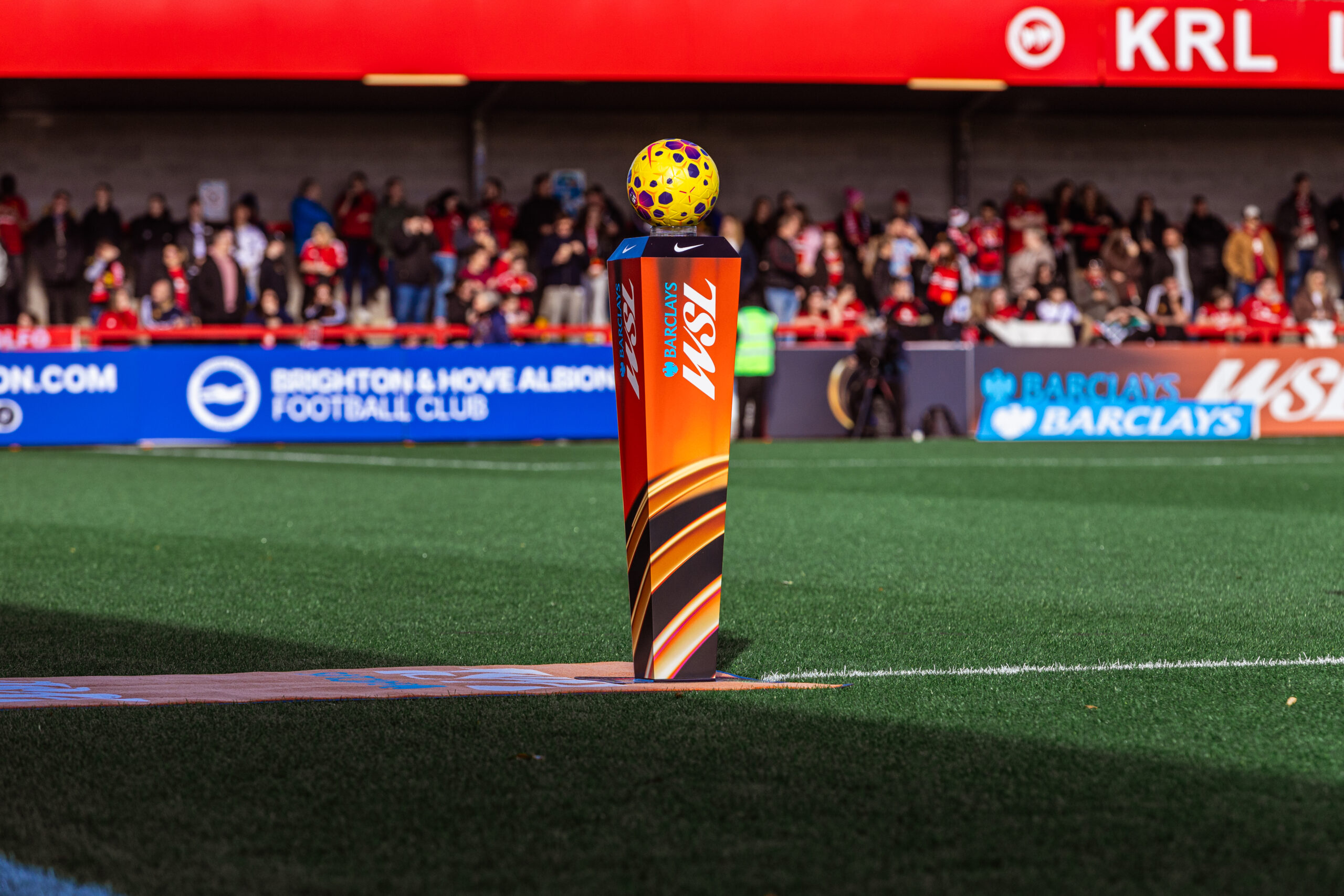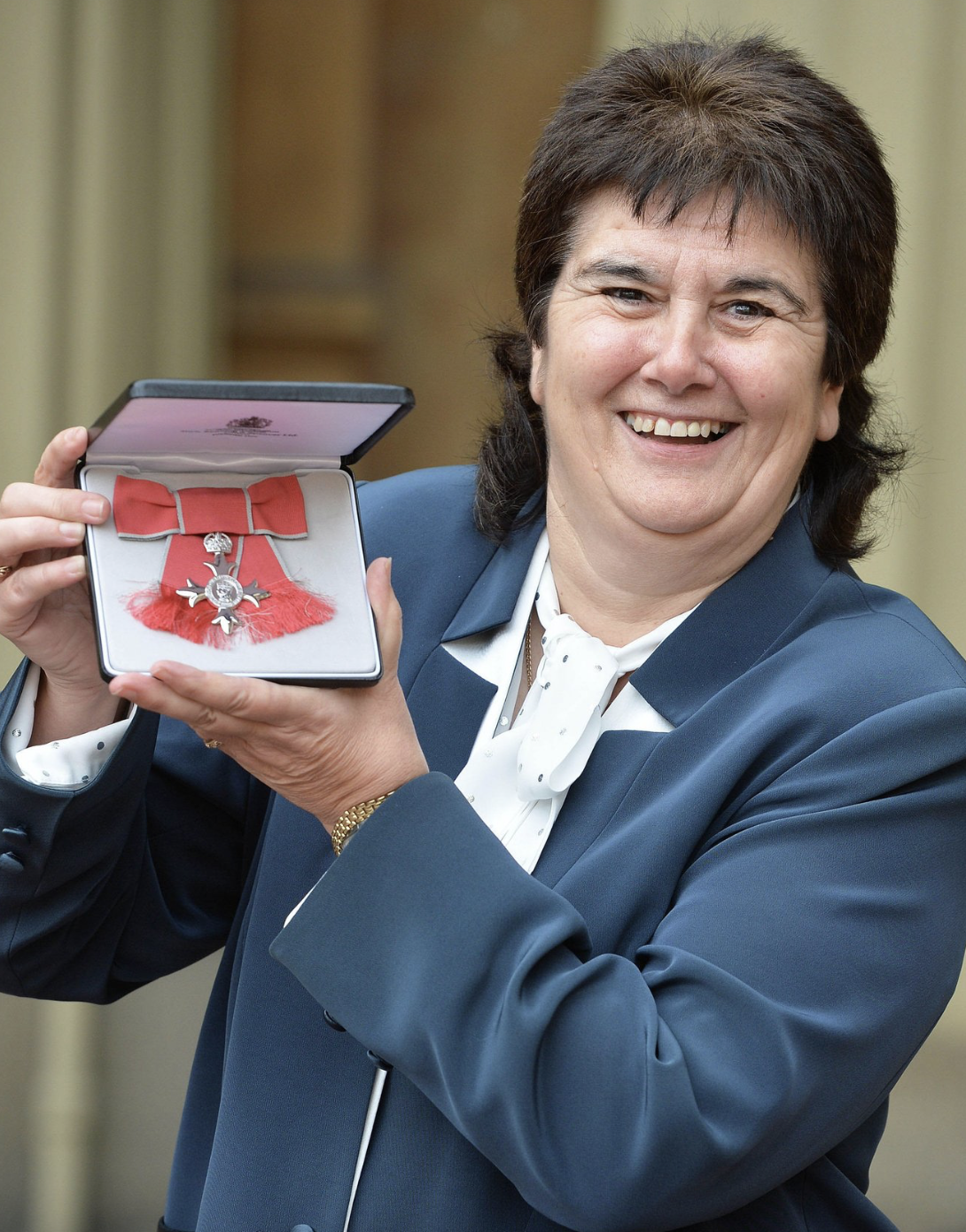It was the punchline to a discourse that had run throughout the season. At the 2024 Business Awards, Arsenal added to their Continental Cup success by winning the Women’s Football Business Award for their work in boosting attendances for their matches at Emirates Stadium. Arsenal capitalised on the momentum from their 60,000+ attendance against Wolfsburg the previous season, hosting six WSL matches at Emirates Stadium. They exceeded 50,000 attendees on four occasions and set a new WSL attendance record. The joke was not lost on the rest of the internet, that Arsenal had won an actual ‘Attendance Trophy’.
The discourse of trophies vs attendances may have just been a petty online squabble, but the core of the debate does hold a level of importance for the future of the WSL. Chelsea are undoubtedly the most successful team of the WSL era, yet despite the glutton of trophies they’ve managed to acquire since 2015, they’ve never been able to harness that glory into growing their club off the pitch, and by extension the league. Chelsea’s success was greatly helped by playing in a league where, bar Manchester City, no other side was able or willing to compete with them, meaning that since 2014, Chelsea have won the league in all but two seasons.
If those trends were to be sustained, with glory locked in at the top, and apathy and indifference spread amongst the rest, the WSL would continue to remain trapped as it was 10 years ago. That is why Arsenal’s drive to change the game, to drive up interest and attendances, to raise the bar of what is acceptable, should be commended, not condemned.
‘Listen, the legacy of this tournament is the change in society, it’s everything that we’ve done, we’ve brought everybody together, we got people at games, we want them to come to WSL games, but the legacy of this team is winners, and that’s the start of the journey!’
Two years ago, that was Leah Williamson’s battle cry, her call to arms to the public, moments after lifting the European Trophy in front of a sold-out Wembley Stadium. And of all the teams in the WSL, there can be no doubt that Leah’s own Arsenal side were the club who heard her plea the loudest. In truth, the work was already being done to improve Arsenal’s standing in the women’s game post-lockdown, with more games being played at Emirates Stadium, and better advertising of their women’s team online. Winning the European Championship in 2022 was the equivalent of injecting nitrous oxide into their setup, and the results from their efforts have been there for all to see.
Arsenal’s success proves what can be done if the club and fans work together to make this happen. It proves that the WSL is going in the right direction; that the league is growing, capitalising on the Lioness success of Euro 2022, finally hitting the potential we always hoped it would achieve during its inception back in 2011.
Except, that isn’t the whole truth. Arsenal’s turbo-charged growth in the last two years has only further exposed pre-existing failings within the WSL that other clubs still aren’t willing to address. Rising tides should lift all boats, yet too many clubs are quite happy to let their teams sink, rather than invest the time and money now required. It means Arsenal are the exception, not the rule, and this has generated points of conflict throughout the season, with clubs struggling to cater for a WSL fanbase evolving rapidly beyond them. Situations such as the Everton away ticket fiasco and the presence of Arsenal fans in the Liverpool home end demonstrate what happens when one club lacks the ability to cater for those whose growth has greatly outpaced their own. And if things stay as they are, it will only get worse.
The problem is, with Arsenal being an outlier when it comes to bringing the support, there is little motivation for other clubs to fall in line. Everton and Liverpool only played one game at their main stadium this season: the Merseyside Derby. Three of Everton’s WSL home games saw attendances of less than 1,000, which in this era is simply disappointing. West Ham United are the only other side to see sub 1,000 support at their ground. They were also the only club not to play any WSL matches at their main ground.

Red: 0-5,000 Yellow: 5,000-10,000 Green: 10,000+

Red: 0-40% Yellow: 40-80% Green 80-100%
The rest of the WSL reports similar struggles. Aston Villa, Bristol City, Leicester City, Liverpool or Tottenham Hotspur all were unable to fill their grounds beyond 40% capacity. Only two non-Arsenal matches achieved over 80% capacity. Despite the Lionesses bringing football home and reaching a World Cup Final the following summer, too many clubs have failed to cash in. Their stadiums range in capacity from 9,000 to over 40,000, possessing plenty of room to grow a fanbase. And yet, it just hasn’t happened. A regular sight on matchday coverage are huge empty stands behind the goals, or seats covered in flags to disguise failures to grow team support effectively. When lockdown ended, Arsenal pushed hard on advertising their women’s team, especially for matches at Emirates Stadium, and the infusion of Euro 2022 success accelerated that further. Now we are clearly seeing the clubs that failed to invest the same time, energy, and money into their own women’s team being left behind. Arsenal leading this attendance record charge isn’t a sign of success for the WSL, it’s a mark of its failure. It provides a political shield to mask the failings of other clubs to match what Arsenal are doing right now. Their inability, or refusal, to support their team properly and evolve with the times risks hampering the sport’s development and undoing all the good work achieved up to this point.
There is no excuse for any club in the WSL to not be able to consistently draw 50-80% crowds to their stadiums. There is no reason why teams should be playing in sub-capacity stadiums that restrict the ability to grow and lack the capacity for travelling support. This is not the WSL of 5-10 years ago, when the bare minimum to support the team was acceptable, and 1,000 fans attending was seen as a good return. Those days are gone. The levels are being raised with every season, and other clubs need to wake up and see which way the wind is blowing, or risk falling away altogether.
Thankfully, there are signs of hope. Firstly, there is of course Arsenal, providing a case study of what can be achieved when the club, the Supporters Club and the fans work together on a unified front. There is now an unified away following, helped by the creation of the Red & White. What started out with just four fans singing away at Leicester City has snowballed into a movement that brings thousands of fans to every away game. Arsenal fans provided the highest attendance of the season for eight out of the eleven stadiums they visited. Back at home, WSL attendances at Meadow Park have since trebled, with every WSL match played there bringing in over 3,000 fans. And many column inches have been written about the numbers when games are played at Emirates Stadium.
But it’s not just about the numbers, it’s also what the numbers provide. Meadow Park, with its packed North Bank singing constantly for 90 minutes, is one of the loudest grounds in the country. Every player has a song, and every song gets an outing whenever possible. This is something the club and the Supporters Club are trying to transfer to Emirates Stadium next season, with a dedicated singing section set up behind the goal there as well.
And lastly, it’s the culture of the collective. There are meetups in pubs before every game and fan marches towards the stadiums. There are WhatsApp Groups to discuss travelling to games, song suggestions for new players (which can get very competitive at times), and ticket exchanges, so no ticket is wasted if someone can’t make it. The road has not been a smooth one, but the destination has proved to be very rewarding. And they aren’t the only clubs who are traversing this path.
Chelsea have also started making the initial steps towards moving away from Kingsmeadow and improving their support. Every UWCL game was played at Stamford Bridge this season. And whilst the initial return was poor (around 3,000), as the season progressed, their numbers improved splendidly, to the extent that a sell-out crowd of just under 40,000 saw them lose 2-0 to Barcelona in the UWCL Semi Final.
Meanwhile, Manchester United have built one of the best travelling supporting groups in the country, regularly rivalling Arsenal on the attendance and noise fronts. As mentioned earlier, Arsenal brought the highest attendance at eight of the eleven stadiums they travelled to, the other three being Manchester United. It is not a coincidence that the record WSL attendance was set when Manchester United travelled to Emirates Stadium.
However, for some clubs, trying to embrace the change required poses a great risk to their own prospects that season, especially when the margins can be so fine at the bottom of the table. Following their promotion from the Championship, Bristol City made the ambitious decision to move from Robins High Performance Centre to Ashton Gate, their main stadium. It was the correct, positive move to make, but it backfired spectacularly. Bristol City lost every game they played there, and were relegated with only 6 points to their name. It mirrors the likes of Reading and Birmingham City, two clubs who also made the permanent move to their main stadium, only to be relegated. Leicester City made the move to King Power Stadium when they first arrived in the league, and spent their first two seasons dancing above the trapdoor, forgoing the home comforts of smaller stadiums and risk jeopardising the season by playing in unfamiliar territory, purely in the name of progressing the game, is a gamble too many clubs are sadly unwilling to take.
With so few points to play for, every edge counts, especially if you are the new kid on the block. Playing in a lesser stadium you are more familiar with, combined with a tighter-knit home crowd cheering you on, could be what wins the match for you. For instance, would Arsenal still have lost 2-1 at West Ham United if it had been played at the London Stadium, rather than at Chigwell? It should be noted that Crystal Palace, who will be replacing Bristol City in the WSL next season, have opted to stay at Gander Green Lane, rather than use Selhurst Park as their main stadium, prioritising their desire to stay in the league over playing in a larger ground with better potential to grow.
When Arsenal took to the stage to receive their Women’s Football Business Award it was just reward and acknowledgment for the positive change they have made in the game, redefining what is possible and what should be expected of all clubs. The Euro 2022 success provided the WSL with a huge opportunity that cannot be squandered under any circumstances. This has to be the genesis point of positive change in our league, the moment every club fully embraces the potential of women’s football. Arsenal have already walked the path, now it is up to every club, every team, every fanbase, everyone to work together, and follow Arsenal into the light. Yes, there will be setbacks, there will be pain in the short-term. But the long term benefits will pay-out tenfold. The ultimate endgame, of women playing in sell-out, high quality stadiums every week, is within our grasp. It is on all of us to make sure we seize it.



